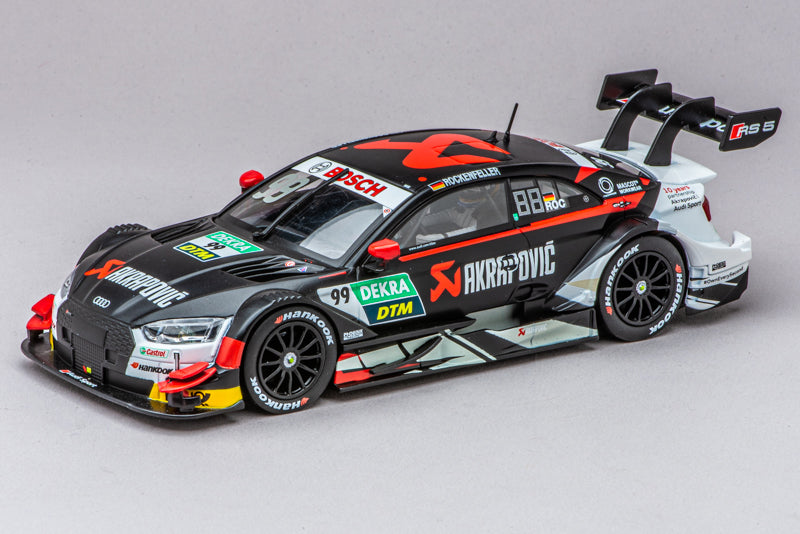Item No. 30973
Technical data:
Weight (complete vehicle with magnets): 115 grams
Weight (body): 45 grams
Length including spoiler: 158 mm
Wheelbase: 80 mm
Track width (front axle): 57 mm
Track width (rear axle): 61 mm
The model:
The Group 5 era in the German racing championship was a wild time. Although they were referred to as "production cars," the regulations allowed for a great deal of freedom. However, these were initially used only hesitantly. The first BMW 320 Group 5 was—despite its lavish flares and spoilers—a relatively conservative design. At the time, BMW even offered a conversion kit with which a standard E21 BMW 3 Series could be modified accordingly, at least on the body side. It's unimaginable today, but anyone with enough money back then could saw and weld their own Group 5 racer at home.
When Zakspeed introduced the famous and legendary Turbo Capri in the 1978 season, everything changed. The regulations were pushed to the limit; the car was based on a tubular space frame chassis that only housed the original passenger cell and was covered with parts of the original body. BMW felt under pressure and copied the concept, resulting in the BMW 320 Turbo Flachbau. To improve aerodynamics, they even installed a double rear window, giving the car a fastback silhouette.
The model:
In and around the 1980/81
Conclusion:
As surprising as the announcement was, the implementation was just as successful. If I had one wish, I would also like to have the model in a large 1:24 scale on the
CoMod Chris





